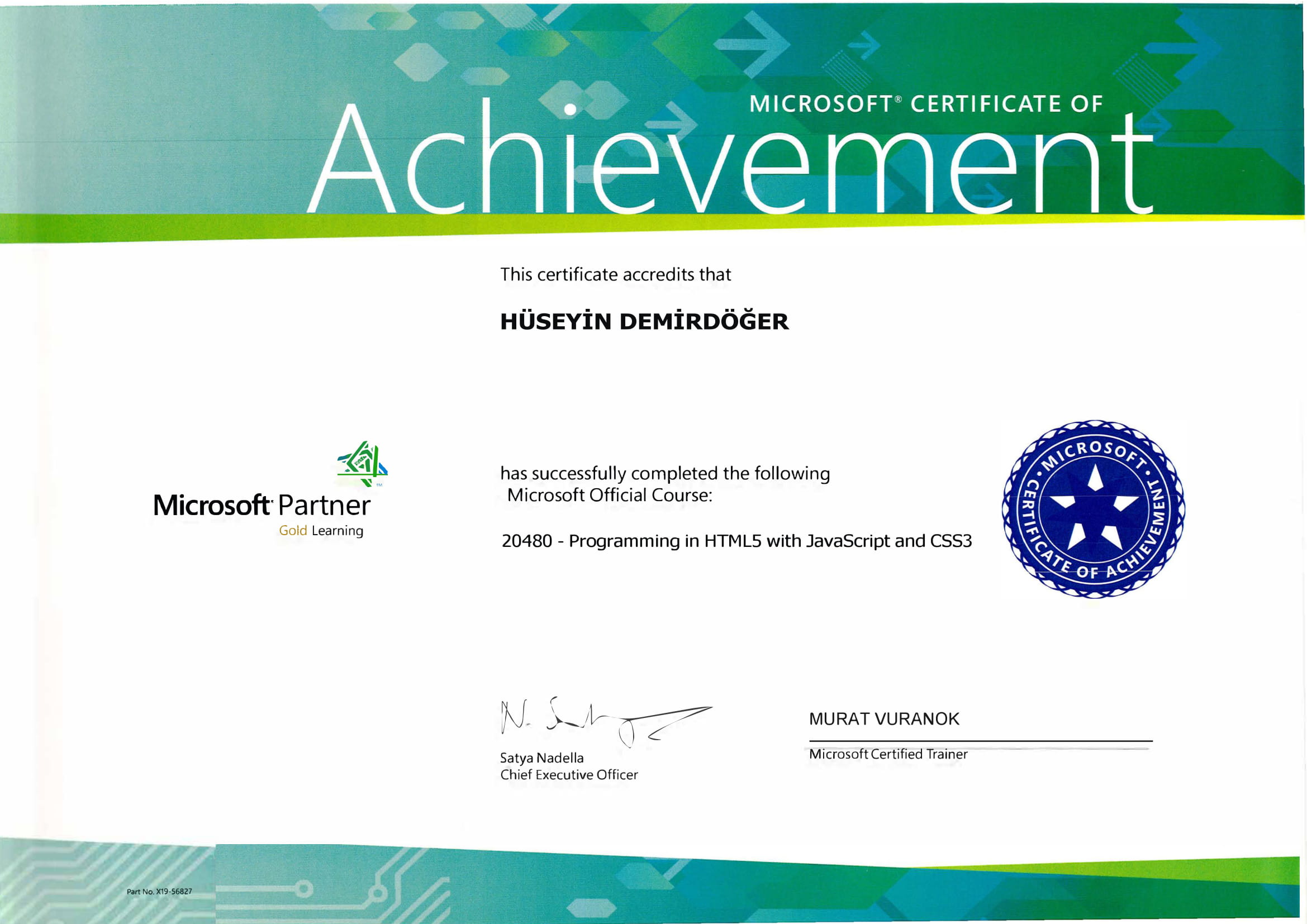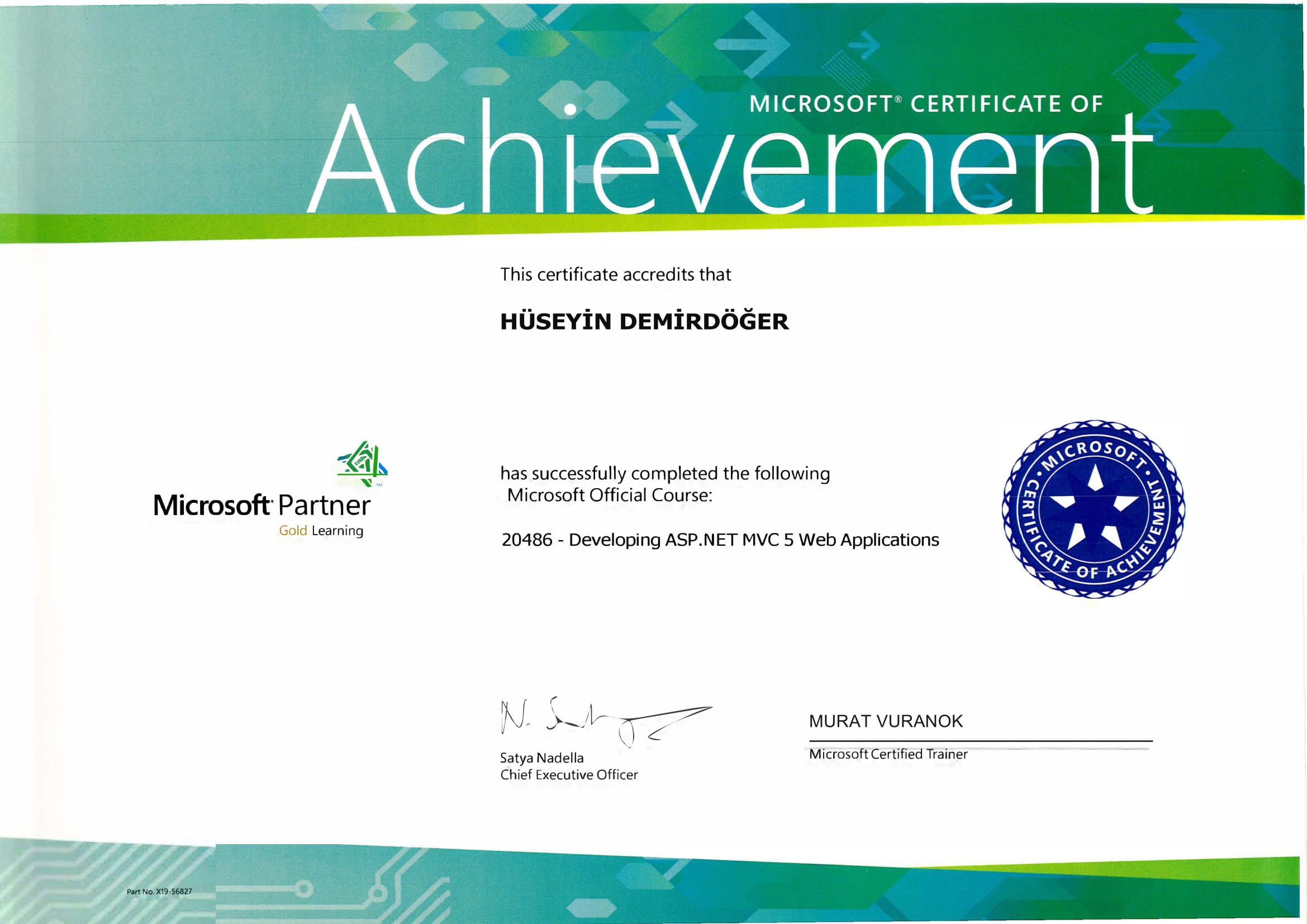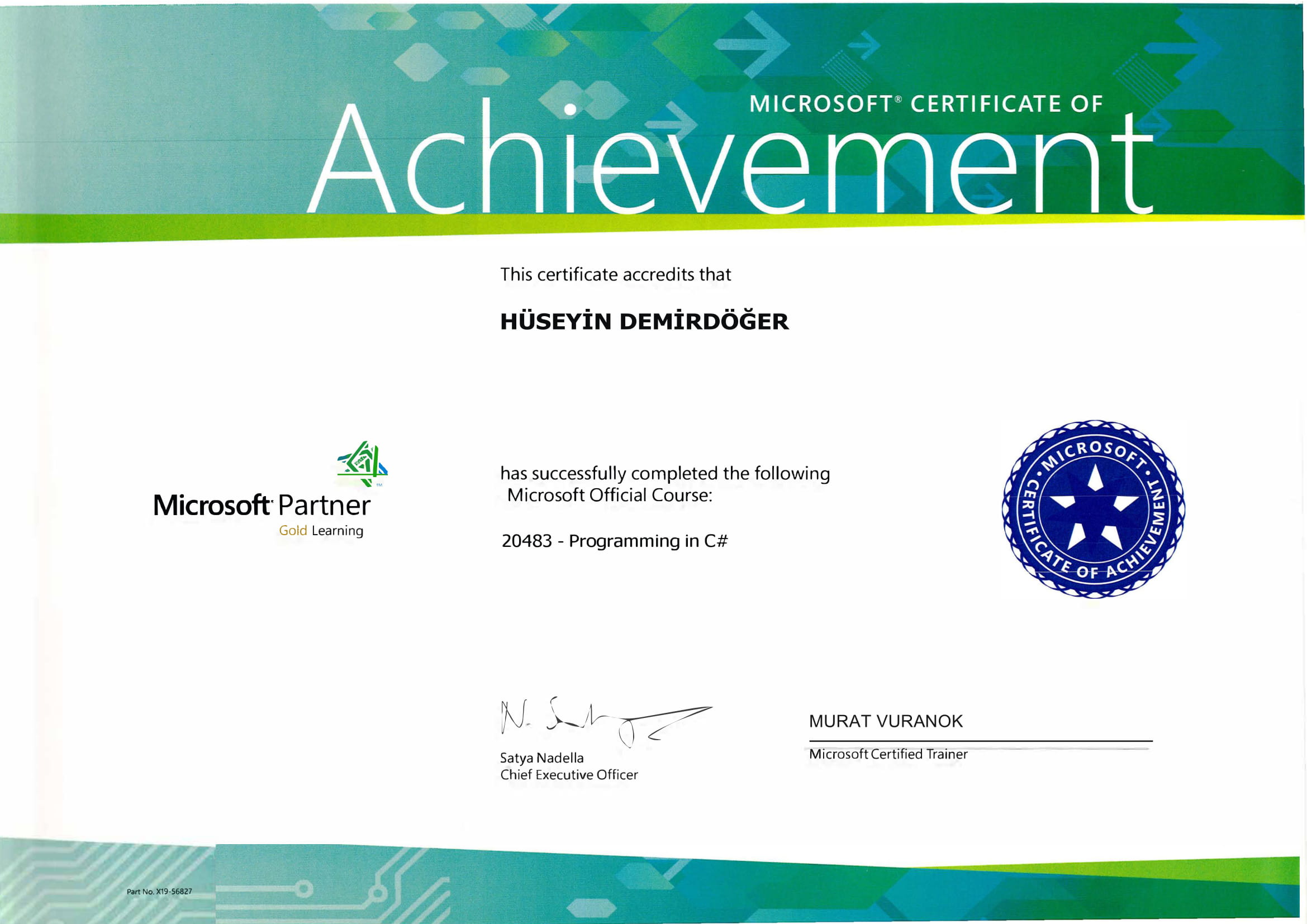Encountering Windows Error Code 0xc0000005 can be a daunting experience, especially when it disrupts your workflow with application crashes, installation failures, or access violations. While it may seem complicated at first glance, resolving this issue can often be straightforward with the right guidance. Let's dive into a step-by-step approach to tackle this pesky problem, making sure your system operates smoothly once again.
Understanding the Windows Error Code 0xc0000005
This error typically occurs due to issues like faulty RAM, corrupt registry files, DLL errors, or even incorrect system configurations. It's crucial to understand the root of these issues to effectively find a solution.
Potential Causes:
- Faulty or corrupted RAM: Memory issues can lead to unexpected system behavior.
- Registry errors: Invalid or corrupt registry entries may trigger this error.
- Driver conflicts or outdated drivers: Outdated or incorrect drivers can result in access violations.
- Malware or Virus Infections: These can modify system files and lead to errors.
Fixing Windows Error Code 0xc0000005: A Step-by-Step Guide
Step 1: Perform a Clean Boot
A clean boot helps eliminate software conflicts. Here’s how you can do it:
- Open the Run dialog by pressing
Windows + R. - Type
msconfigand hit Enter. - In the System Configuration window, go to the Services tab.
- Check Hide all Microsoft services and then click Disable all.
- Go to the Startup tab and select Open Task Manager.
- Disable all startup items by selecting each and clicking Disable.
- Close Task Manager and then click OK in the System Configuration window.
Restart your computer to see if the error persists. Have you tried this before?
Step 2: Check for Malware
Using robust antivirus software to scan your system is essential. Malware can often tamper with system files, leading to errors like 0xc0000005.
Step 3: Update or Reinstall Your Device Drivers
- Right-click on This PC or My Computer and select Manage.
- Click on Device Manager.
- Look for yellow warnings; these indicate driver issues.
- Right-click the problematic device and select Update driver.
Alternatively, you can remove the driver and restart your PC to let Windows reinstall it.
Step 4: Checking and Repairing System Files
Windows includes utilities that can automatically repair corrupted system files:
System File Checker (SFC): Open the command prompt as an administrator and type
sfc /scannow.DISM Tool: To fix a more challenging corruption, using the DISM tool with the command
DISM /Online /Cleanup-Image /RestoreHealthcan be effective.
For further detailed step-by-step guides on different error codes, you might want to check this comprehensive resource on Windows Error Codes.
Step 5: Analyze RAM and Hardware
If none of the above solutions work, your RAM might be the root cause:
- Use Windows Memory Diagnostic by typing it in the Start menu and following the prompts.
- Physically check your RAM sticks; try running your PC with one stick at a time to identify if one is faulty.
For other related issues like system crash boot loops, check this guide on error code 0xc000021a.
Other Considerations
Keeping your operating system up-to-date is vital. Update was provided to address known errors and improve performance. Also, clearing temporary files and ensuring sufficient disk space can often help improve overall system stability.
Closing Thoughts
Encountering error codes like 0xc0000005 is frustrating, but with a systematic approach, it becomes manageable. What do you think of these steps? Have you ever tried a different solution that worked? Share your experiences; it could help others facing the same challenge.
Utilizing this guide should put you on the right track towards resolving the issue. Remember, patience is key, and sometimes trying multiple solutions will lead you to the right fix. With technology, each problem solved is a step towards smoother sailing in the digital world. If you are interested in exploring more about system update failures, check out this detailed guide on Windows error code 0x8007000d. Happy troubleshooting!


















